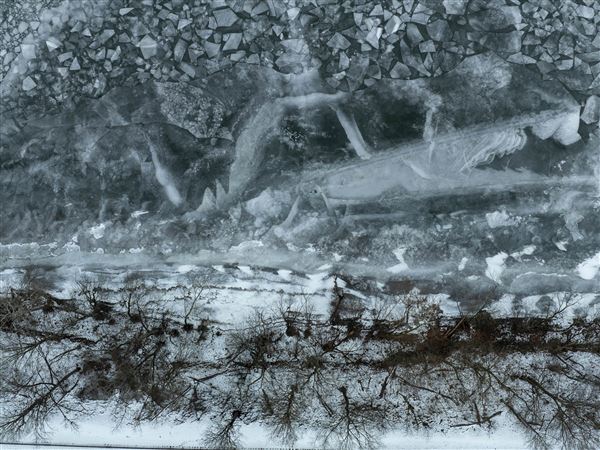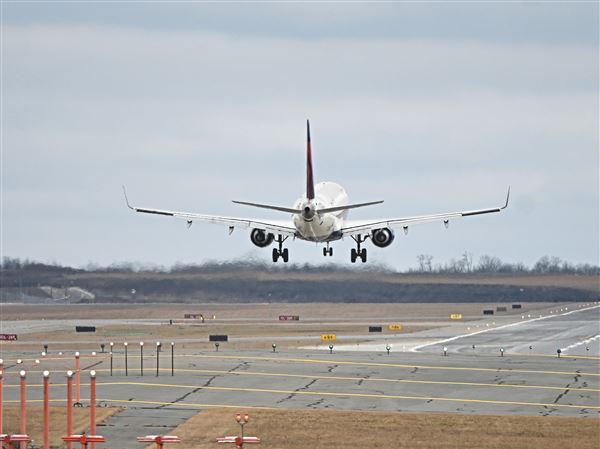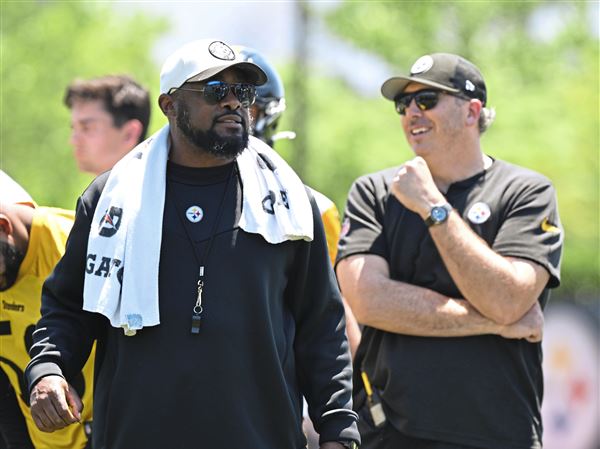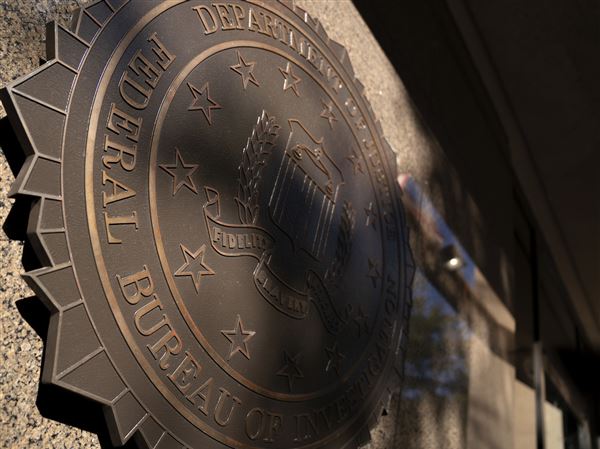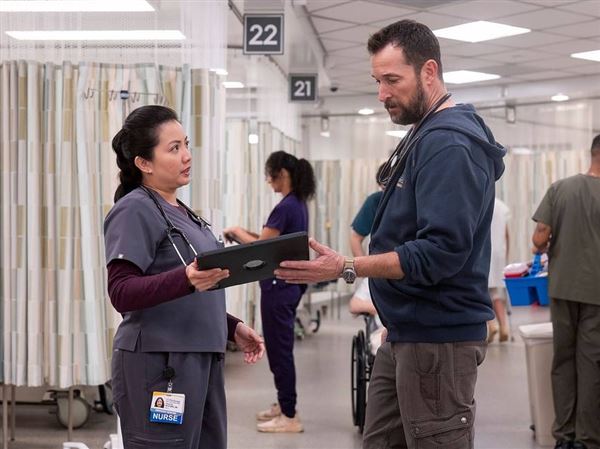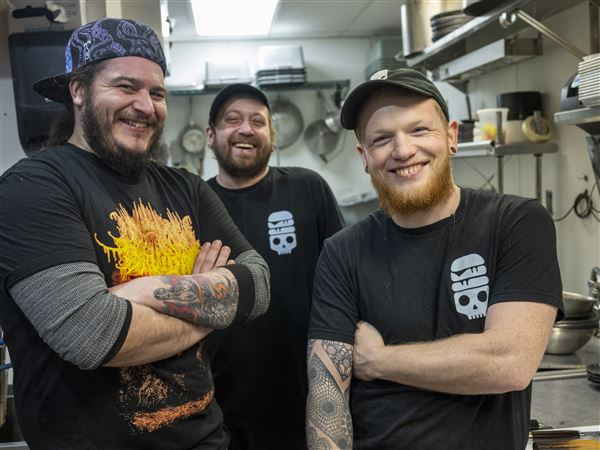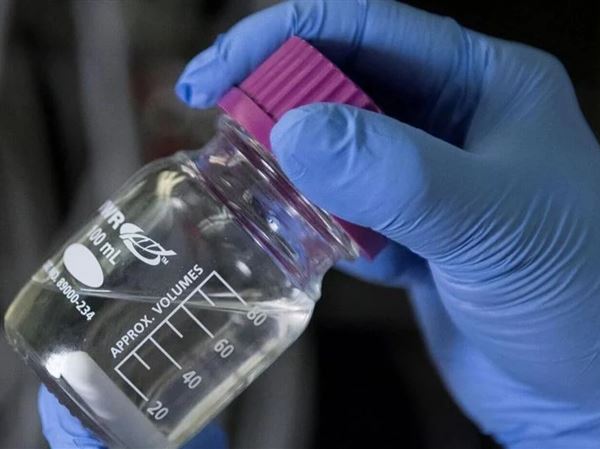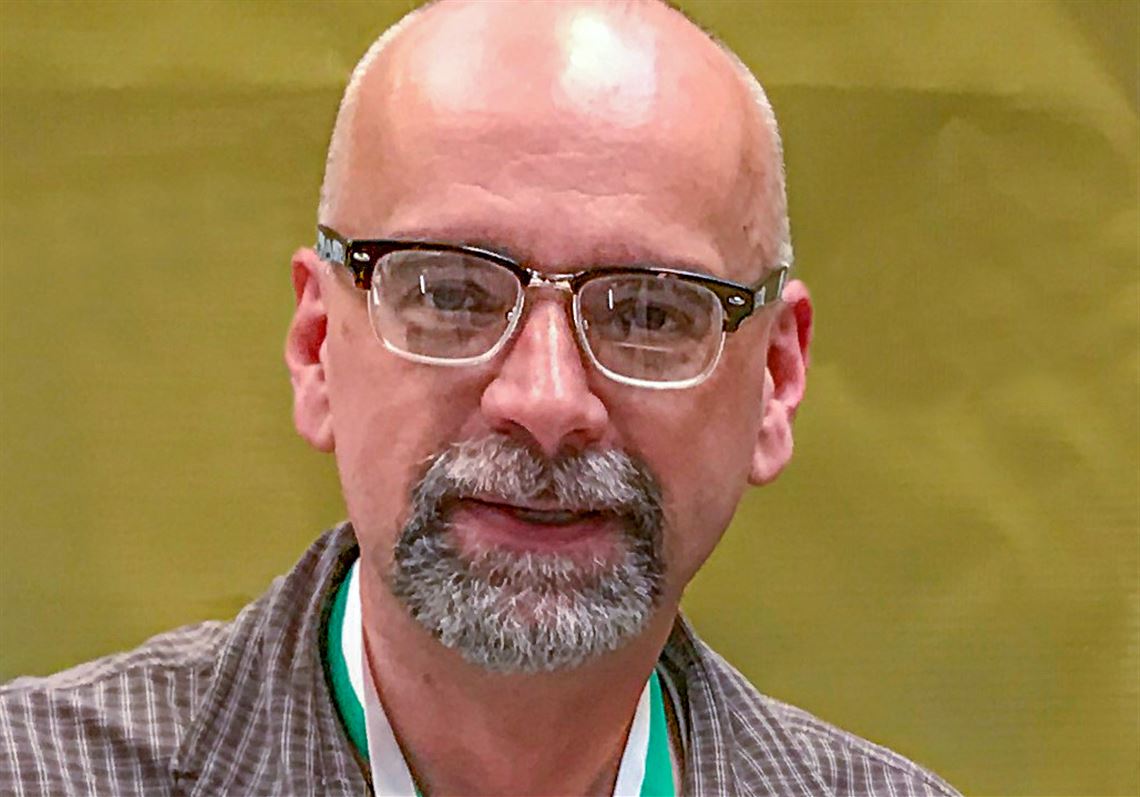It was late January when the first case of COVID-19 was reported in the United States from a Seattle-area man who had traveled to Wuhan, China, the epicenter of what is now a pandemic.
Tom Soltis, an assistant professor of sociology, was teaching his class at Westmoreland County Community College in Youngwood that day, and told his students: “The circumstances are there for a pandemic, and I don’t want to be right on this.”
“I remember some of them looked at me like, ‘This old man is yelling into the wind,’ ” Mr. Soltis, who has a PhD in sociology, recalled.
Of course, Mr. Soltis was not alone in predicting that COVID-19 had the potential to spread around the world. There were a lot of people fearful that what was then known simply as “the novel coronavirus” could become a deadly, global pandemic on the scale of the 1918 Spanish Flu that killed millions around the world.
But Mr. Soltis had particular insight into just how that might happen.
Last year, he self-published a book, “An Unwelcome Visit from the Spanish Lady: The 1918 Influenza Pandemic in Western Pennsylvania.”
The book was based on three years of research that taught him, as he had been telling audiences all last year who invited him to come and speak about the book: “It’s not a matter of if [we’ll have another pandemic]. It’s a matter of when.”
It also taught him that history does repeat itself.
The decision of a statewide leader — in 1918 it was the state’s acting commissioner of public health, Dr. Benjamin Franklin Boyer — to close down schools and businesses were questioned by local government leaders, in particular the mayors of Pittsburgh and Philadelphia.
“The reasons [they questioned the shutdown] were the same reasons as today: That businesses needed to reopen,” Mr. Soltis said. “A lot of what we’re seeing today [in the disagreement over how to handle the pandemic] is very similar to what happened then.
The kind of anger that protestors and local politicians now direct at Gov. Tom Wolf was directed then at Dr. Boyer, who was seen as the one giving the orders, not the governor.
In Pittsburgh, at least 4,500 people died from the flu. In Philadelphia, which is three times bigger, saw at least 20,000 people die. It was the two highest death rates of the country’s big cities. Philadelphia infamously made its own situation worse by refusing to shut down a war rally parade in the midst of the pandemic that helped spread the deadly flu all over the city.
Pittsburgh, Mr. Soltis said, was beset by a trio of issues that led to the nation’s highest death rate: incredibly cramped housing, large numbers of immigrant families living with multiple generations in many homes, and many coal miners and steel mill workers who worked in poor conditions.
“You have to wonder if the city’s industrial output then made residents more susceptible to the disease,” he said. “The air quality itself would have impacted any resident’s ability to fight off disease.”
A 2018 study found that high-coal-using cities like Pittsburgh did suffer higher death rates than those with lower use of coal.
Mr. Soltis’ interest in pandemics stretched back to his doctoral thesis 30 years ago. He was going to pursue a paper on the sociological impacts of pandemics “and their impact on families, religion and theories like the black death led to the Renaissance, things like that.”
He was intrigued by statistics coming out of the 1918 pandemic that showed, for example, that there were 45,000 orphans as a result of the Spanish flu.
“That pandemic changed the trajectory of so many families instantly,” he said.
In the end, he decided to narrow his topic, though, and focused on how nursing homes prepare for disasters, including pandemics — research that made the impact of COVID-19 on residents of nursing homes all too familiar to him as well.
Delving into the 1918 pandemic for his research, he also found that it had a profound impact on how the world existed after the flu dissipated.
“We saw the development of urban renewal because they figured that over-crowded housing was a big part of the pandemic,” he said, and it ended up impacting city planning and even architecture.
Awareness of the need for more robust public health systems became major movements. Mr. Soltis always wondered, too, if it may have helped lead to the interest in people to buy a new invention that was just appearing at the time, cars, as a way to not have to be in close quarters with people.
“COVID-19 will have an impact on our world, too,” he said. “We just don’t know what that will be yet.”
He spent so much time researching the impact on individuals and families, he said, that he came to empathize with them — how they must have dreaded knowing that a disease was starting to circulate in their town and could strike them or their family.
“I’ve always wondered what it was like to know it’s coming,” he said. “Now that I’ve lived through it, I don’t like it.”
If you’d like to buy a copy of Mr. Soltis’ book, you can email him at soltis.thomas@gmail.com
Sean D. Hamill: shamill@post-gazette.com or 412-263-2579 or Twitter: @SeanDHamill
First Published: April 26, 2020, 12:00 p.m.
